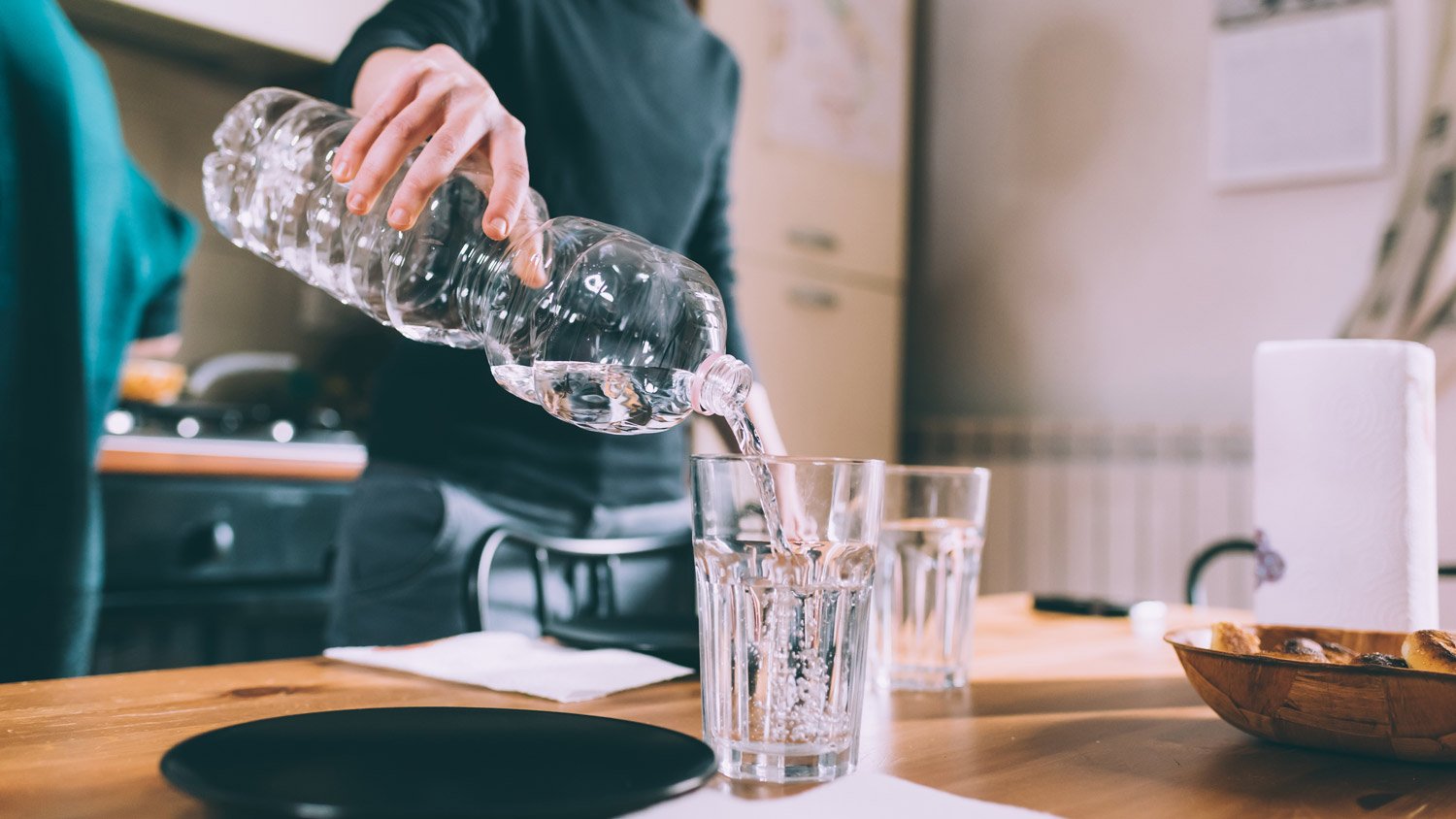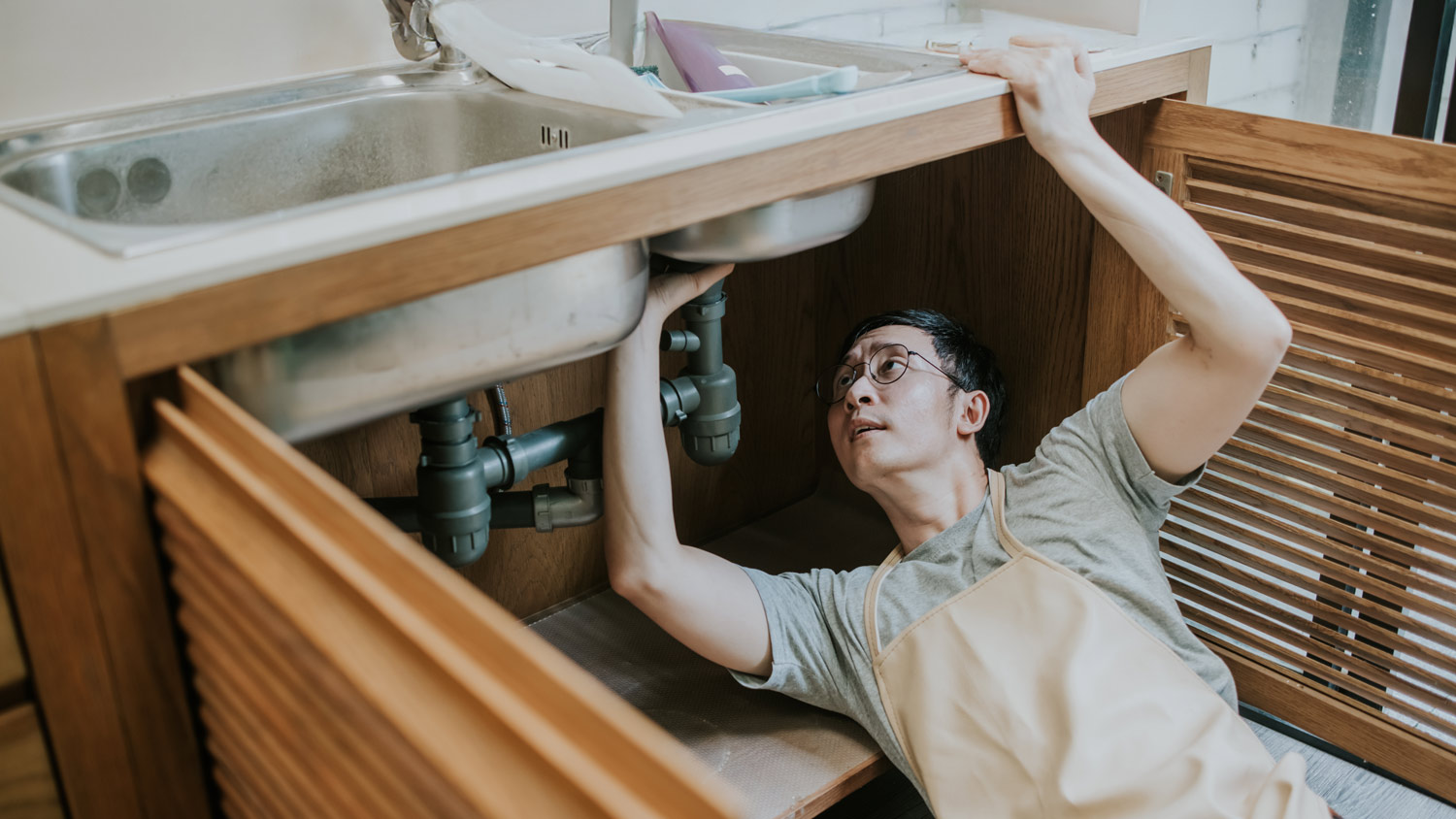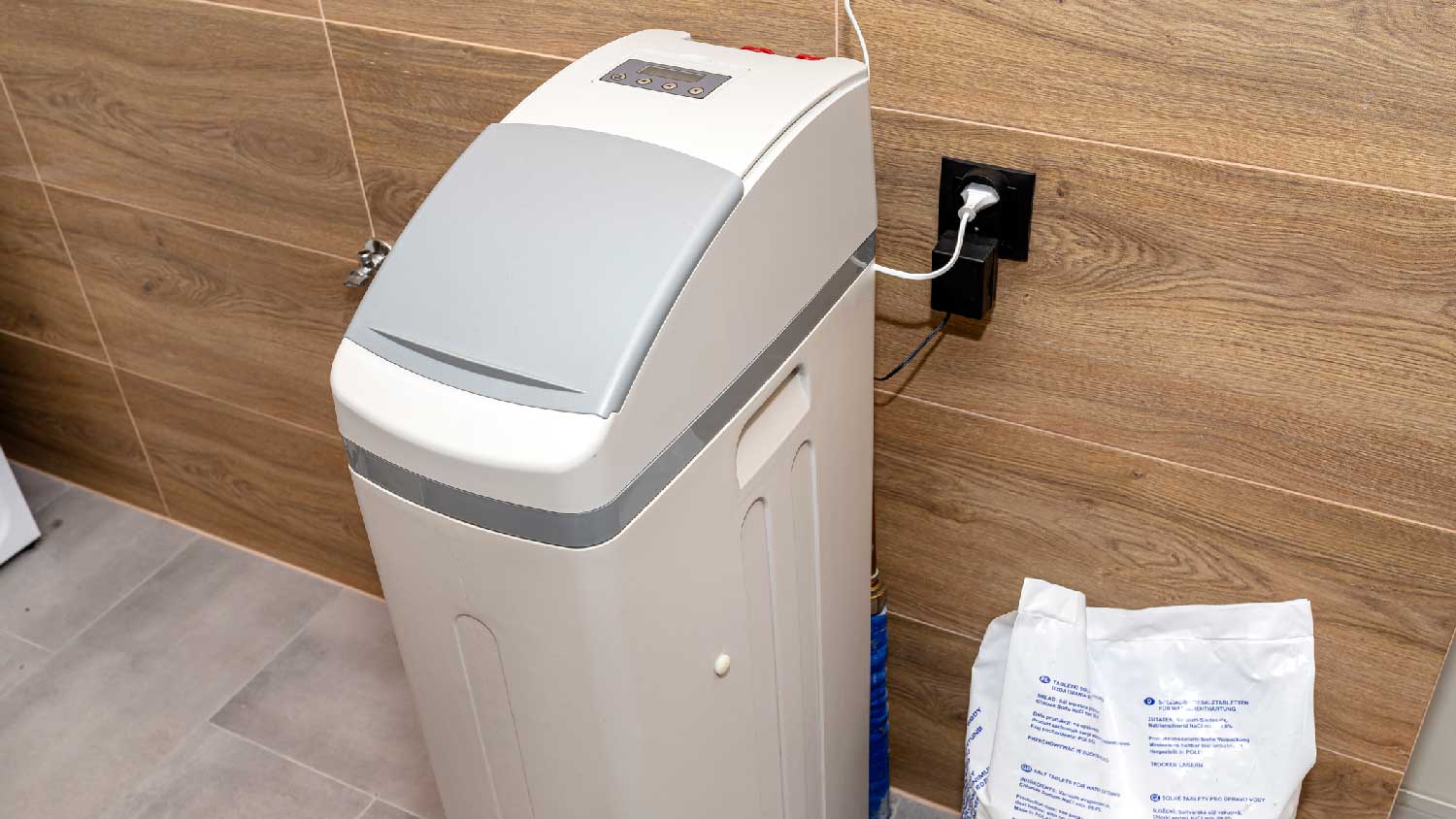5 Ways to Make Water Safe for Drinking at Home
Take your water from dirty to drinkable


When your home’s water quality isn’t up to par, you could be putting your health at risk every time you drink a sip of water, brush your teeth, or prepare food. Thankfully, there are simple options for improving your water, including boiling it and using chlorine bleach. Below, we’ll dive into five ways to make water safe for drinking and protect yourself from disease-causing germs.
Why Do I Need to Make Water Safe to Drink?
Your home’s water can become contaminated after a natural disaster (such as a flood or hurricane) or problems with your local water supply (like broken pipes or equipment failures). If so, consuming that water in any manner—including by drinking it, brushing your teeth with it, or washing dishes with it—could make you sick.
How to Make Water Safe for Drinking

The top methods you can use to make water safe for drinking include boiling it, using chlorine bleach, using iodine, using water purification tablets, and installing a water filtration system.
1. Boil It
It’s a tried-and-true method for a reason: Boiling water makes it too hot for microbes to survive, which minimizes your chance of getting sick from drinking the water. Here are some tips for how to make water safe for drinking at home by boiling it:
Using an electric kettle is the easiest way to boil water for drinking, but you can also boil it in a steel pot or stovetop kettle.
Otherwise, you could use your microwave—as long as you put the water in a microwave-safe bowl that won’t melt and potentially contaminate the water.
If you're 6,500 feet or less above sea level, bring the water to a rolling boil for at least 1 minute. Boil it for at least three minutes if you're more than 6,500 feet above sea level.
Let it cool and store it in a clean container with a cover.
While boiling may effectively kill bacteria, it doesn't remove metals from your water. To get rid of lead, copper, or other metal particles, you'll need to use a water filter that can remove metals. If you don't have one, you can filter the water through a clean, tightly woven cloth to catch large particles.
2. Use Chlorine Bleach
Alternatively, you can use chlorine bleach to disinfect small quantities of water. According to the Centers for Disease Control and Prevention (CDC), this method kills most harmful viruses and bacteria, but it’s not as effective as boiling for more resistant types of germs.
If you're using bleach with a 5% to 9% concentration of sodium hypochlorite (the most common type in the U.S.), the CDC recommends adding eight drops of bleach (just under 1/8 teaspoon) for every gallon of water. If the water is cloudy, murky, or very cold, filter it through a clean cloth or paper towel first. Then, add double the recommended amount of bleach.
3. Try an Iodine Solution
Hikers often carry an iodine solution to rid water of specific organisms while they’re on the trail, and you can do the same thing at home. Iodine products come in different forms, but they often involve mixing a tablet or solution into water, then letting it sit for about 30 minutes.
According to the CDC, iodine solutions aren’t suitable for people with thyroid issues, pregnant people, or anyone sensitive to iodine. They aren’t recommended for long-term use, either.
4. Use Water Purification Tablets
Like iodine, water purification tablets are commonly used by campers and hikers to create potable water. When combined with water, these easy-to-use tablets release chemicals that kill potentially harmful pathogens, such as viruses, bacteria, and protozoa. They take between 30 minutes and several hours to work.
There are many types of water purification tablets available, including:
Chlorine tablets
Chlorine dioxide tablets
Iodine tablets
Each type is effective against certain pathogens, so before choosing one, it might be worth testing your water to identify specific bacteria and gauge your water’s pH level. If Cryptosporidium is present, chlorine and iodine won’t work against it (but chlorine dioxide will).
5. Install a Water Filtration System
If you’re trying to boost your everyday water quality, a water filtration system is a great option. Different types of water filters can remove various contaminants from your home’s water supply, including bacteria, viruses, heavy metals, chemicals, and sediment.
They come in a range of sizes, including refrigerator water filters and under-sink filters, which are compact and provide clean drinking water for your household. Alternatively, you can install a whole-house filtration system to get clean water in every faucet and fixture throughout your home—not just in your kitchen.
Not sure which type to choose? Contact a local water softener installation company to figure out the best option based on your budget and needs.
How Do I Know if Water Isn't Safe to Drink?

During or after an emergency, your local health department or water company may issue an alert if your water becomes unsafe for drinking. However, you should also look out for common signs of poor water quality, such as:
Cloudiness or murkiness
Discoloration
Unusual smells, like chlorine or rotten eggs
If you’re unsure, contact your health department or water provider. You can also perform a water quality test and use one of the above methods until you find out the results.
Preventing Water From Going Bad Again
Unfortunately, you can’t always prevent your water from going bad due to the unpredictable nature of natural disasters and public water supply issues. However, you can keep bottled water on hand in case of an emergency. Or, if you’re concerned about wasting plastic, you can fill reusable bottles before a storm arrives.
According to the CDC, it’s best to store water somewhere cool (between 50 degrees and 70 degrees Fahrenheit) and replace it every six months. Make sure it’s tightly sealed, out of direct sunlight, and away from toxic chemicals, such as gasoline, pesticides, and cleaning products.
Frequently Asked Questions
No water filter or treatment system is 100% effective at removing all impurities from water. However, reverse osmosis (RO) filters can remove a significant number of contaminants, including sediment, heavy metals, bacteria, viruses, dissolved salts, and chemicals. At the same time, the RO process can also filter out beneficial minerals (like calcium and magnesium).
There are multiple water purification methods, including distillation, ion exchange, and reverse osmosis. Distilled water, which comes from the steam of boiling water, provides the cleanest and freshest water possible. In fact, distillation is one of the best ways of making water safe for drinking and is often recommended for those with weakened immune systems.





- How to Filter Water at Home: 7 Effective Options
- How to Treat Hard Water and Its Effects: 5 Methods to Try
- Water Softener vs. Water Filter: Which One Is Right for Your Home?
- Don’t Ignore These Symptoms of Too Much Chlorine in Your Water
- How to Determine If Water Quality Tests Are Worth It for Your Family
- Why Does My Faucet Water Smell?
- What's the Difference Between Well Water and City Water?
- Well Water Smells Like Sewage? Here Are 4 Possible Causes (And How to Fix Them)
- What Is Distilled Water? Everything You Need to Know
- Water Filter vs. Water Purifier: Choosing the Right Solution for Your Home










